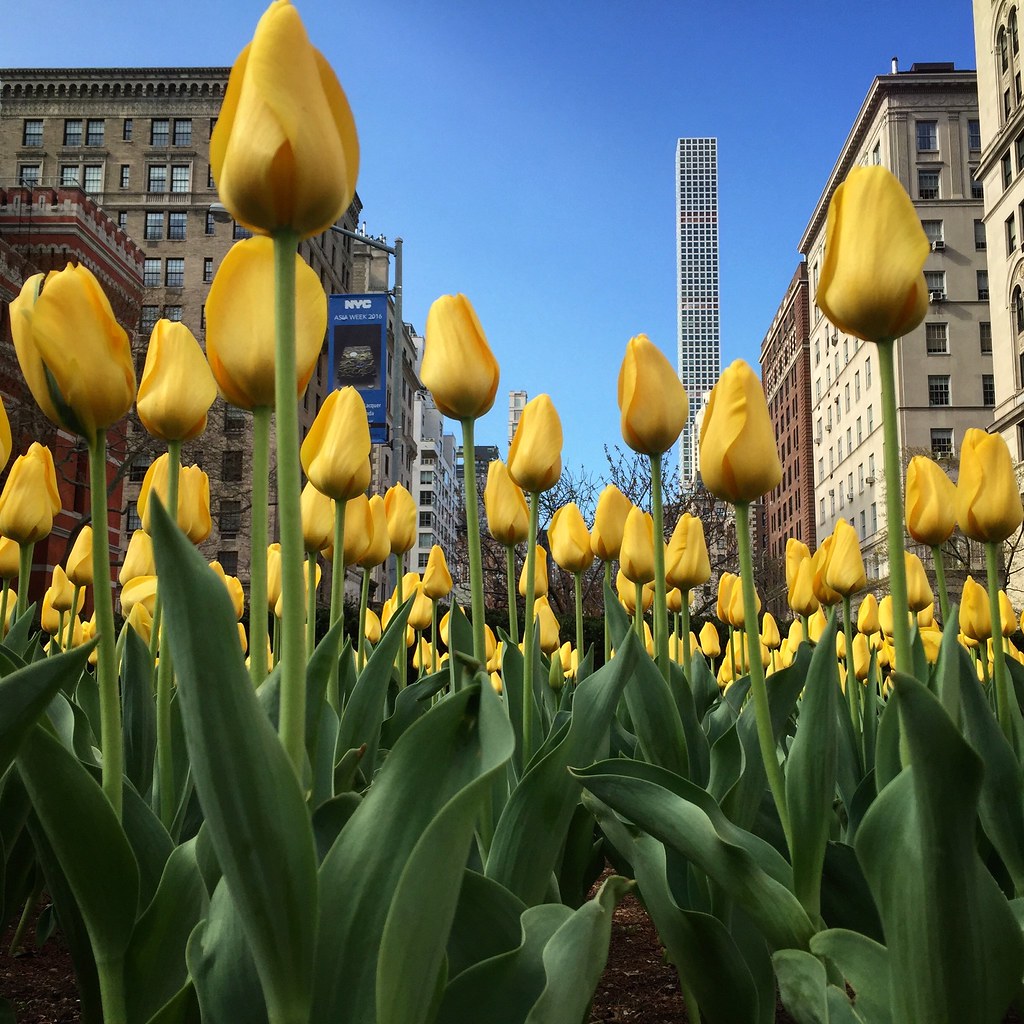Shashin
Well-known member
Optimum aperture range is a function of format size and viewing distance. An optimum aperture is irrelevant if it does not give the depth of field that is wanted--or the exposure that is needed. As you have stated, this is pretty much understood.Hi,
I would not agree on that, at least not fully.
A lot of research has gone into image quality and it is pretty well understood. Take the issue of diffraction.
Very clearly, once you are past optimum aperture and that may be f/4 for a highly corrected system or f/16 for a poorly corrected one, diffraction comes into play. So you can stop down to improve DoF but you loose sharpness in the plane of focus. In digital photography, sharpening also comes into play. You can sharpen more if you have a clean image.
I know how to print as well--I print for museums and artists and I assume people take my work for exhibition is the quality of my images. And once you state that print size is a determining factor in image quality, you don't understand printing or perception. I am sure you can make great A2 prints from APS-C or micro 4/3--I have. You can also make them much, much larger--I have done that as well. Print size does not change the image in significant perceptual ways (my largest image to date is 167" x 167").Regarding sharpness, Ed Granger at Kodak developed SQF that is regarded to correlate well with perception of sharpness. In the real world, it is not that easy.
Let us be a bit realistic...
In general, having low noise levels is always beneficial as it allows for more processing. Except at high ISO or in extreme darks, the only factor determining noise is the full well capacity and how well we utilize it. We need to expose to the right to utilize FWC. If we have a good FWC, like most modern CMOS sensor have, we can be a bit more conservative regarding exposure.
- If we make small images using wide angle lenses a cell phone will achieve very good results.
- If we make large prints with the main subject in focus and don't care about the rest, SQF is a good measure.
- If we want to achieve selective focus, with background out of focus we want good performance at large apertures. SQF will be a good measure, but out of focus rendition may play a major role. Cell phones have small sensors with short focal lengths, so they will not work for this.
- If we want focus from foreground to background, diffraction will be the limiting factor. The only cure is the ability of using tilts for tilting the focal plane.
I am quite serious about this. Any modern camera you can buy today is capable of delivering seriously good image quality. Luminous Landscape has an interview with Ctein, whom Kodak regarded the greatest master printer. Ctein now uses APS-C or may be even 4/3 for all his work. It is absolutely good enough for A2 (16"x23") prints and as good as 6x7 film ever was. I don't have seen Ctein's prints from 4/3, but I am pretty sure they would put anything I achieved from my 37x49mm P45+ to shame. Why? Because he knows how to print!
Image quality is about the perceptual qualities of an image. That, in the final assessment, is all that matters. Which is why the technical criteria alone cannot define quality. Noise, like diffraction, will not in and of itself result in low(er) image quality. They might for you, but those are your personal criteria for image quality.
Photography is a process. Image quality is dependent on that process. But there is more to the process than technical factors. As as you pointed out, each person has biases. Your assessment of what is important in image quality is very much shaped by your bias. My bias shapes my work. But I have worked with enough processes and photographers to know that image quality extends beyond what I produce for myself. Image quality is not a fixed set of numbers.What I would say is:
But, all this fails if the photographer doesn't do an optimal work.
- Any decent camera today can produce decent pictures. If not so, the photographer is at fault.
- To have the best image quality, you would look for the sensor having the least noise and the highest full well capacity.
- For best tonality, you would look for an efficient CFA paired with a low noise sensor with high full well capacity.
- To extract maximum detail and avoid artefacts you would look for a sensor that matches the resolution of your lens.Excellent lenses need excellent sensors to make them justice.
I don't say that you need to be an expert in optics, sensor technology or image processing. But, if you want to make the best of your equipment, a basic understanding of the processes behind will certainly help!
Best regards
Erik





